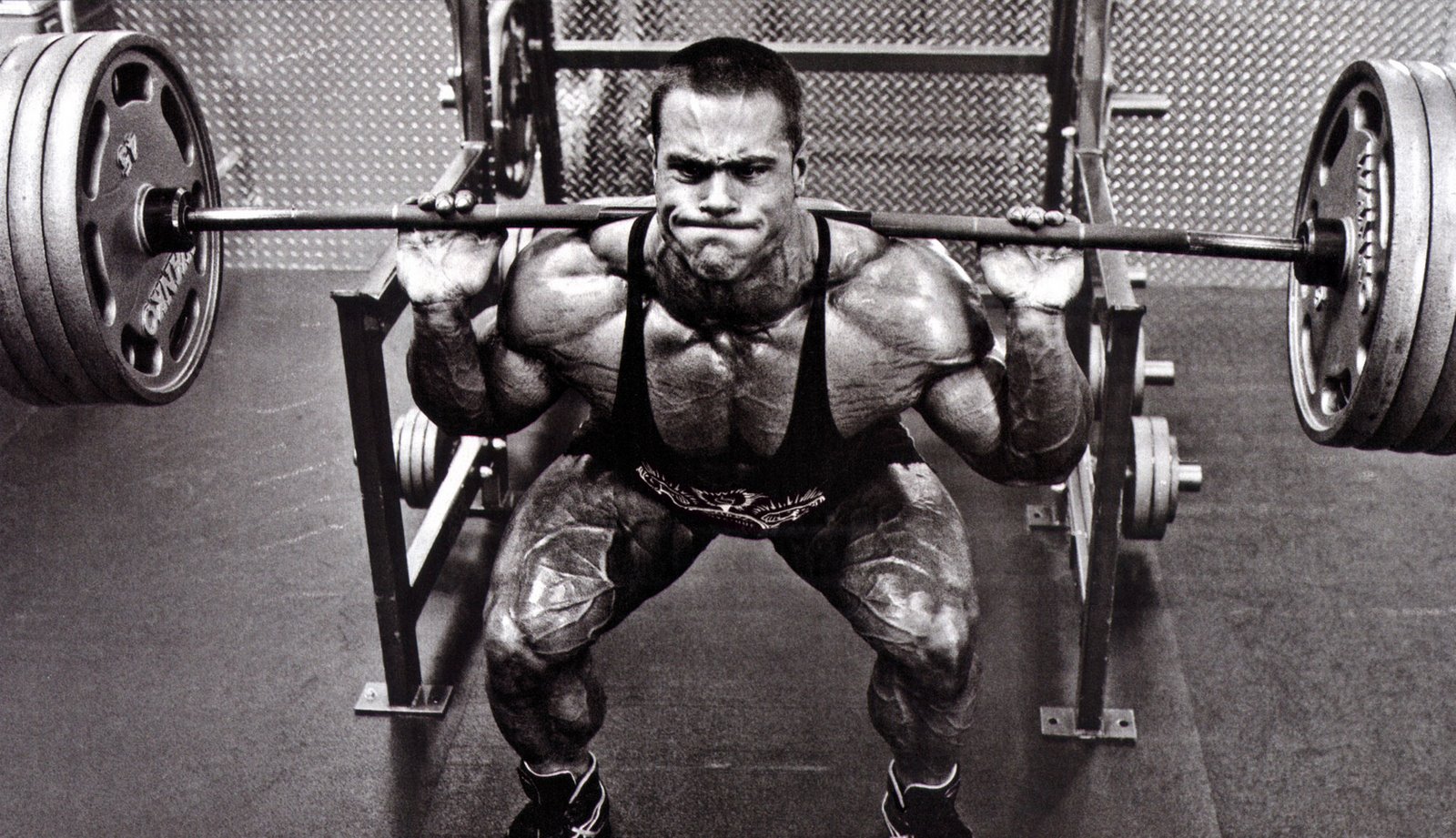When it comes time to build muscle, a lot of people start to wonder how resistance training works. Why does lifting weights cause muscles to grow and become stronger? Questions like this drive right at the core principles of weight training, but if you ask any average joe around the gym these questions you will almost certainly get a confused or inaccurate response. Better yet, try asking what hypertrophy or a muscle fiber actually is. No idea?
Well concepts like these help define the process in which weight training causes muscle growth. It’s always good to know why you’re doing those squats and how those curls are going to make your arms bigger, right? Well here’s a bit of a science lesson about what’s going on in those muscles during training. Once you know how training builds muscle and you want to start learning about some actual training principles, check out the sources highlighted here.
So What is a Muscle?
Understanding how training can help to build muscle first requires an understanding of what exactly a muscle is. Let’s look at skeletal muscles since these are the muscles we want to grow when we say “build muscle.” Skeletal muscle is basically a grouping of muscle tissue fibers, which are large cylindrical cells. These fibers are groupings of even smaller cylinders of the contractile proteins actin and myosin. These smaller protein groupings are called myofibrils. Myofibrils are the contractile part of muscles and are the main reason that you’re able to run, jump, lift weights, or do any form of movement what so ever. Running along these myofibrils are mitochondria that work like tiny power plants producing energy in the form of ATP that powers these contractions.
Muscle fiber cells have multiple nuclei containing DNA that control all the cellular functions based on hormonal stimulations. This is why certain hormones can have such a strong effect on growth. The cells also have ribosomes that run along the entire length of the myofibrils. These ribosomes manufacture actin and myosin to repair myofibrils. Quick recap, muscles are made of myofibrils, myofibrils contract, mitochondria power the myofibrils, ribosomes repair the myofibrils, and DNA controls it all based on hormones.
How Does Training Help Build Muscle?
Alright, enough of the 8th grade science lesson, so how does lifting make you stronger and help you build muscle. Well, when performing resistance exercise the proteins making up these myofibrils become damaged. This means there are essentially microscopic tears in the muscle tissue. When you finish training your body will want to repair these damaged proteins. In fact, it’s so worried about the damage that it wants to repair them until they are better than they were before. The repair process occurs when those ribosomes mentioned earlier manufacture more myosin and actin in a process called hypertrophic protein synthesis (hypertrophy) – this is the process when your body will literally build muscle mass.
Hypertrophy relies heavily on a few different factors. One is that you have the proper resources (amino acids) available to your muscles to rebuild these proteins. Next is that there is enough glucose and fatty acids available for use as energy in the recovery process, this way your body doesn’t have to use proteins for energy. The last vital part of rebuilding muscle is that the tears are not so severe that they can’t be repaired properly. Inversely, it is important that the tears are not so insignificant that your body doesn’t see the need to repair them. These three reasons are why proper nutrition, workout planning, and sufficient recovery time are a few of the most stressed fundamentals in weight training. By not following those fundamentals, your goals to build muscle will be hindered substantially.
Final Thoughts
You officially know everything about the science behind how your body manages to build muscle, right? Not quite, there are a lot of details to the process and some other factors that weren’t really discussed in this article. However, you now have some knowledge of the basics and a better idea about why certain training methodologies exist to help you build muscle. A good workout plan is based around hitting that sweet spot of just enough muscle fiber breakdown to cause the muscles to be rebuilt stronger but not so much as to cause unrepairable damage.
You will come across workout plans that insist on doing tons of reps or going to failure if you want to build muscle and you will find some that say no more than 6 reps of heavy weight is the way to go – also citing that their rule is critical if you want to build muscle. The truth is that people have had success with all kinds of different workout plans and that the true effectiveness of the plan depends on a number of other factors. Some people will be genetically inclined to be better at low rep workouts and some high rep workouts. There are studies showing that lower reps at high weights build muscle more effectively than higher reps. This has been attributed to the type of muscle fiber being broken down and repaired in each kind of workout. Despite this, high rep workouts have their place for some fitness goals as well. The simple truth is that one of the most important factors of any workout plan is commitment. It’s all about forcing your body to adapt, and that’s only done through consistent hard work. Other than that, the specifics of your personal fitness goals should make up what kind of workout program you use.
